The dawn of 6G technology is poised to revolutionize the telecommunications landscape, with the terahertz (THz) frequency band emerging as a cornerstone of this next-generation network. As researchers and industry leaders delve deeper into the commercial potential of 6G, the unique properties of the THz spectrum are unlocking a myriad of applications that were previously deemed unattainable. From ultra-high-speed data transmission to unprecedented levels of connectivity, the THz band is set to redefine how businesses and consumers interact with technology.
The Promise of Terahertz in 6G
The terahertz frequency range, typically defined as 0.1 to 10 THz, occupies a sweet spot between microwave and infrared wavelengths. This positioning grants it a unique combination of bandwidth and propagation characteristics, making it ideal for 6G networks. Unlike lower-frequency bands, THz waves can support data rates in the order of terabits per second, enabling near-instantaneous downloads and seamless streaming of ultra-high-definition content. However, the commercial viability of THz communications hinges on overcoming significant challenges, such as signal attenuation and atmospheric absorption.
Overcoming Technical Hurdles
One of the primary obstacles to deploying THz-based 6G networks is the high susceptibility of these frequencies to environmental interference. Water vapor and other atmospheric gases can absorb THz waves, limiting their effective range. To address this, researchers are exploring advanced beamforming techniques and adaptive antenna systems that can dynamically adjust to changing conditions. Additionally, the development of novel materials and semiconductor technologies is paving the way for more efficient THz transceivers, which are critical for maintaining signal integrity over longer distances.
Commercial Applications of 6G THz
The commercial potential of 6G's THz band spans across multiple industries, each poised to benefit from its unparalleled capabilities. In healthcare, for instance, THz imaging could enable non-invasive diagnostics with unprecedented precision, allowing for early detection of diseases such as cancer. The entertainment industry stands to gain from immersive experiences powered by THz-enabled augmented and virtual reality (AR/VR) applications, where latency is reduced to imperceptible levels. Meanwhile, autonomous vehicles could leverage THz communications for real-time data exchange, enhancing safety and coordination on the road.
Industrial and Manufacturing Transformations
Beyond consumer-facing applications, the industrial sector is set to undergo a paradigm shift with the integration of 6G THz technology. Factories of the future could employ THz-based wireless sensor networks to monitor equipment health in real time, minimizing downtime and optimizing productivity. The high-frequency nature of THz waves also makes them suitable for precision manufacturing, where they can be used for quality control and material characterization at a microscopic level. These advancements promise to usher in a new era of smart manufacturing, driven by data and connectivity.
Challenges in Deployment and Adoption
Despite its immense potential, the widespread adoption of 6G THz technology faces several hurdles. Regulatory frameworks must evolve to accommodate the unique requirements of THz spectrum allocation, ensuring that interference is minimized and spectrum is utilized efficiently. Moreover, the cost of developing and deploying THz infrastructure remains a significant barrier, particularly for smaller players in the telecommunications industry. Collaborative efforts between governments, academia, and private enterprises will be essential to address these challenges and accelerate the transition to 6G.
The Road Ahead
As the race to 6G intensifies, the terahertz frequency band is emerging as a key enabler of next-generation connectivity. While technical and commercial challenges persist, the progress made in THz research is undeniably promising. The coming years will likely see a surge in pilot projects and early deployments, as stakeholders work to unlock the full potential of this transformative technology. For businesses and consumers alike, the advent of 6G THz represents not just an incremental improvement, but a leap into a future defined by speed, precision, and boundless possibilities.

By /Jun 3, 2025

By /Jun 3, 2025

By /Jun 3, 2025

By /Jun 3, 2025
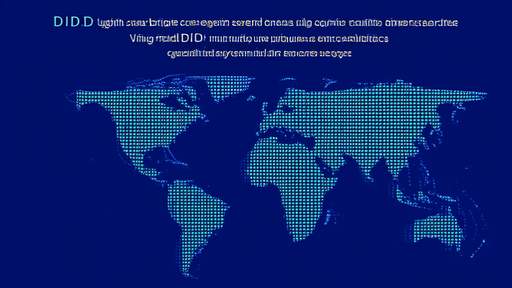
By /Jun 3, 2025

By /Jun 3, 2025

By /Jun 3, 2025

By /Jun 3, 2025

By /Jun 3, 2025
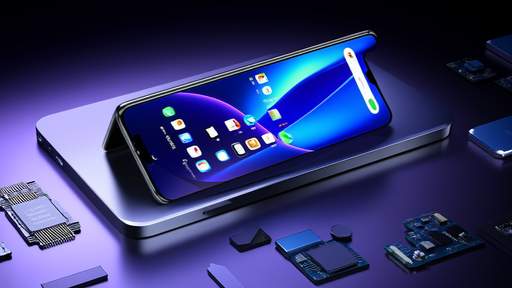
By /Jun 3, 2025
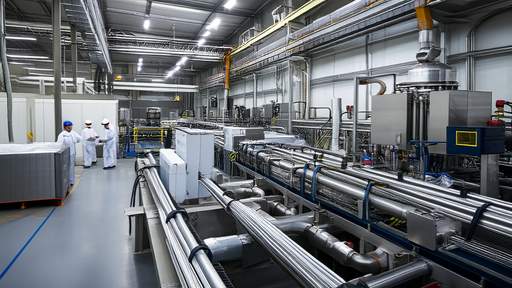
By /Jun 3, 2025

By /Jun 3, 2025
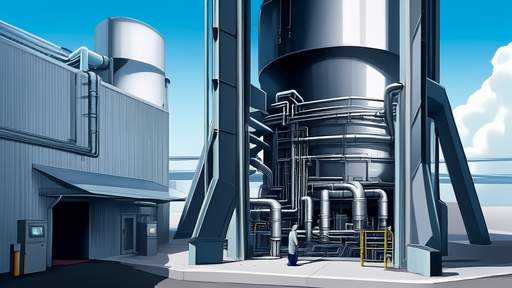
By /Jun 3, 2025

By /Jun 3, 2025
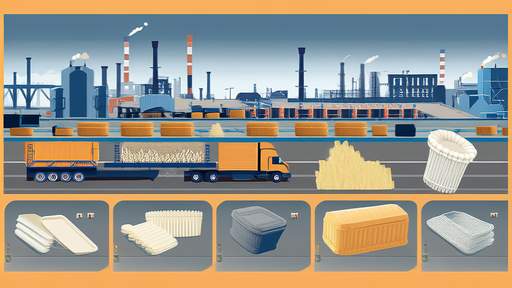
By /Jun 3, 2025

By /Jun 3, 2025

By /Jun 3, 2025

By /Jun 3, 2025

By /Jun 3, 2025

By /Jun 3, 2025